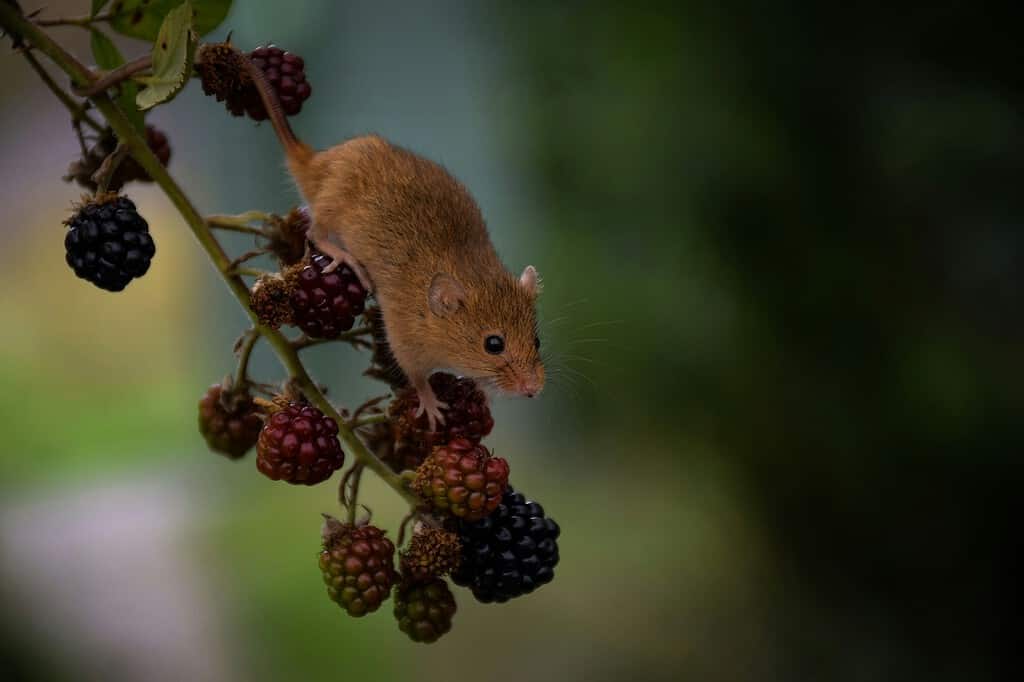For as long as superheroes have been imagined, there’s been a superhero who can regrow limbs. Other animals (like salamanders and sharks) do it, why couldn’t we? Scientists have also tackled this question because, obviously, humans don’t naturally regrow limbs. But before we move on to regrowing limbs ourselves, we need to understand how other species do it.
In a new study, researchers mapped the proteins that kick off limb creation in mice and chicks, finding that a cocktail of just three proteins performs the initial magic.

“People in the field have known a lot of the proteins critical for limb formation, but we found that there are proteins we missed,” said study co-first author ChangHee Lee, research fellow in genetics in the lab of Cliff Tabin at Harvard Medical School.
The critical proteins
When the body produces stem cells, undifferentiated cells capable of self-renewal and differentiation into specialized cell types, it’s proteins that decide whether the stem cells will be limb-producing or not limb-producing. Lee and colleagues found that just three proteins (Prdm16, Zbtb16, and Lin28a) are sufficient to encourage stem cells to develop into limbs in mice and chicks. A fourth protein, Lin41, speeds the process up.
The role of these protein is not entirely surprising.
Prdm16 is a critical regulator in the development and function of brown adipose tissue. It plays a significant role in determining whether precursor cells become brown fat cells or muscle cells. This protein is also involved in the regulation of hematopoietic (blood cell) stem cell differentiation and may play roles in other tissue types, indicating its importance in cell fate decisions. Lin28a plays a central role in developmental timing and stem cell maintenance and promotes the pluripotency of embryonic stem cells. Meanwhile, Zbtb16 is involved in the regulation of development, differentiation, and apoptosis (programmed cell death). It is also a transcriptional repressor, meaning it can turn off the expression of certain genes.
Together, this combination of cells ensures that stem cells can grow into a new limb.
“We’ve found the proteins that imbue ‘limbness’ to this subgroup of mesenchymal cells,” said Lee. “People didn’t know how to make mesenchymal stem cells into limb progenitors before. Now we can do this and study early limb differentiation.”

First animals, then humans
This finding essentially enables researchers to take mouse fibroblasts (the most common type of connective tissue) and direct them to become limb progenitors.
With this approach, the team was able to grow limb progenitor cells and lay them out in a 3D scaffold. Then, they optimized the stem cell growth condition until the cells started to develop towards a limb-like structure. This means the stem cells were able to “survive, proliferate, and, critically, maintain their limb progenitor identity after extended culture,” said co-senior author Cliff Tabin, also from Harvard Medical school.
The team also tested out several protocols for growing the cells and found what they believe to be the optimal one — they’ve also made the protocols available for free online.
“We tested a lot of conditions to see what the cells like and what they don’t like. We found they are particularly finicky about stiffness,” said Lee. “The only limitation we’ve found so far is that the cells grow so well that they fill up the containers we use, which is a good problem to have.”
The next step also involves identifying what ingredients need to be added for the different types of tissues in limbs, like tendons, ligaments, and skin. They also want to investigate what directs further limb development (like the protein cocktail that directs finger or toe formation, for instance). Ultimately, the team wants to use this approach to regrow different body parts to treat injury or disease.
“It’s important to understand the basic properties of cells that have a therapeutic value,” said Lee. “Culturing and maintaining limb progenitor cells and directing them to more specific lineages is fundamentally important for the long-term goal of replenishing cells in the clinic.”
The study was published in Developmental Cell.


